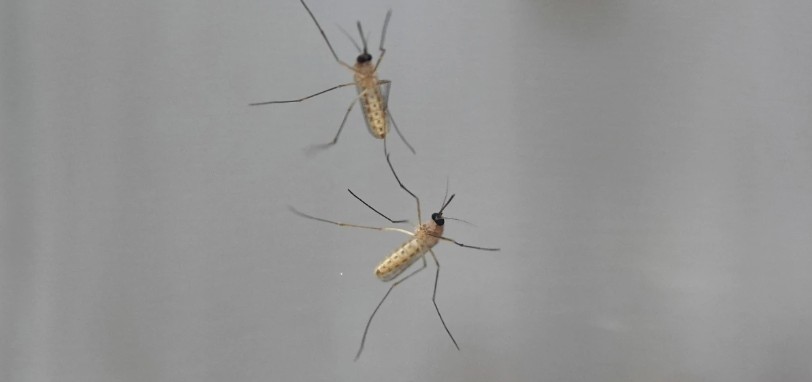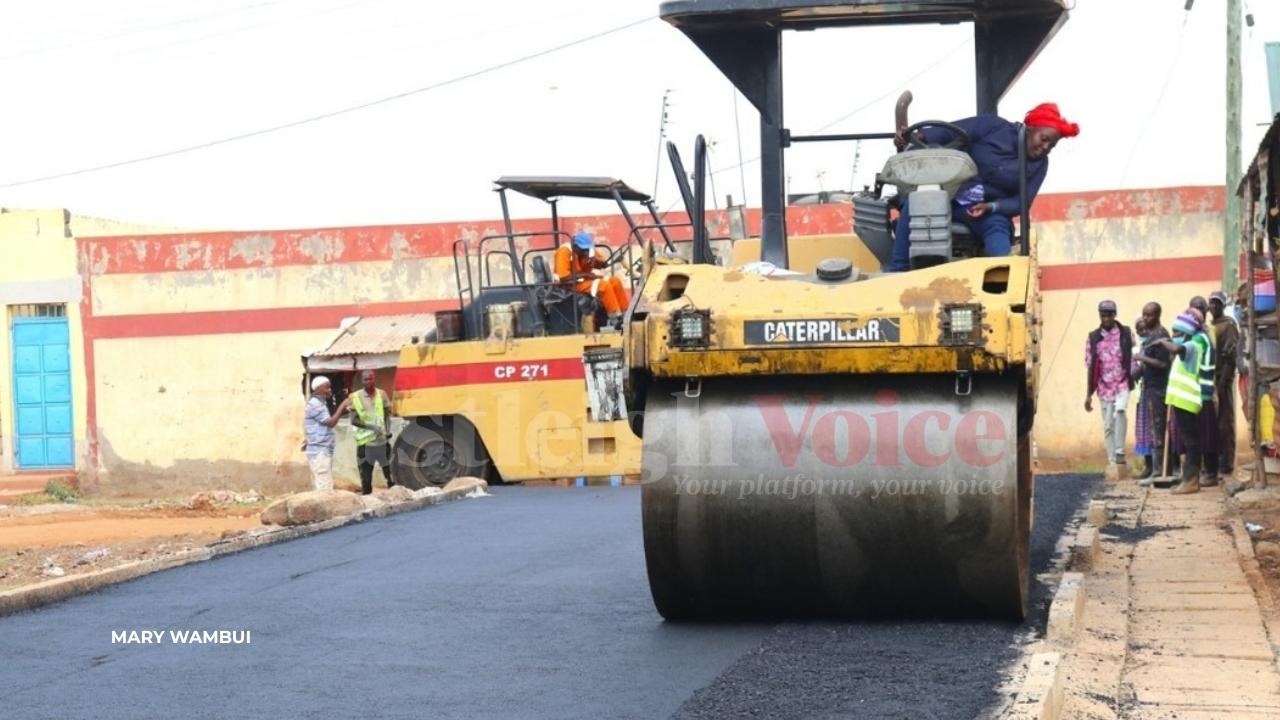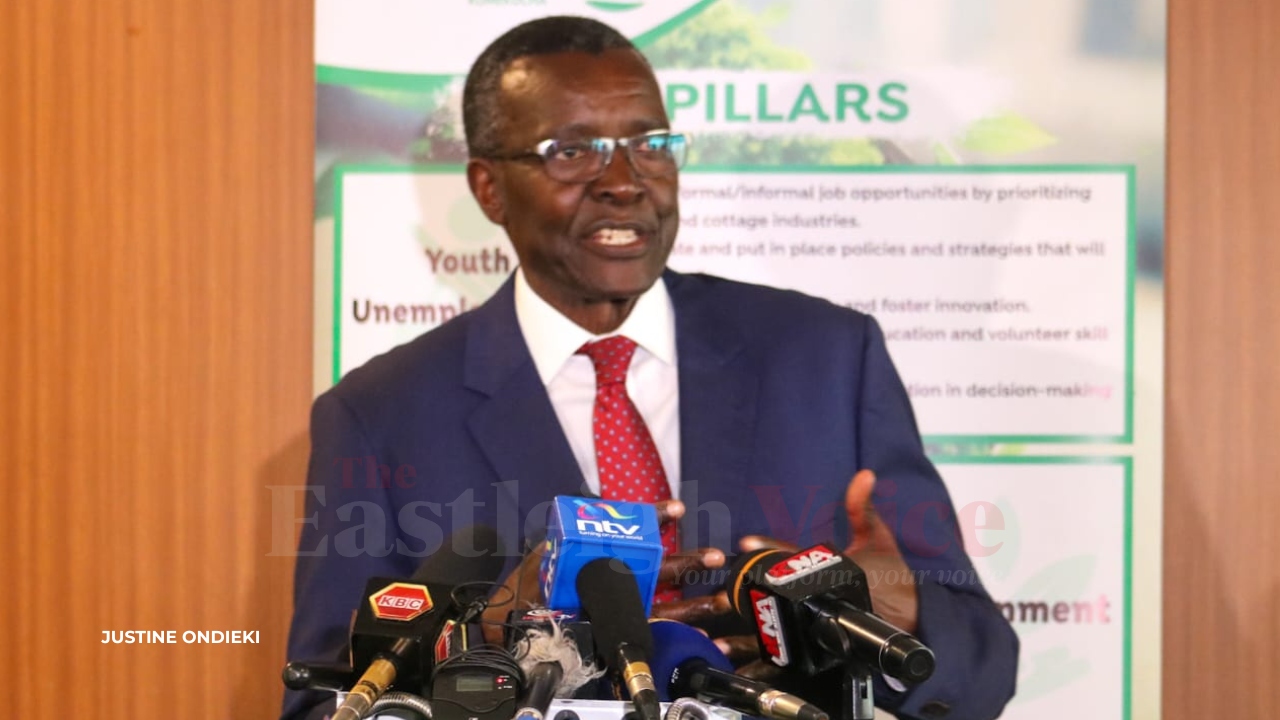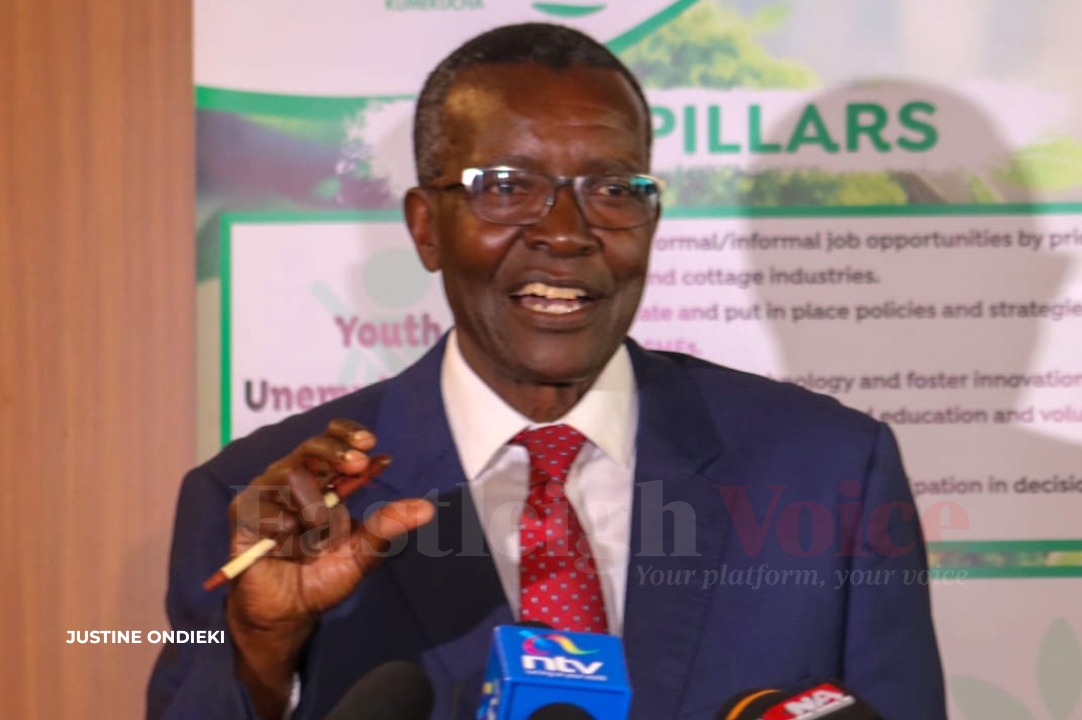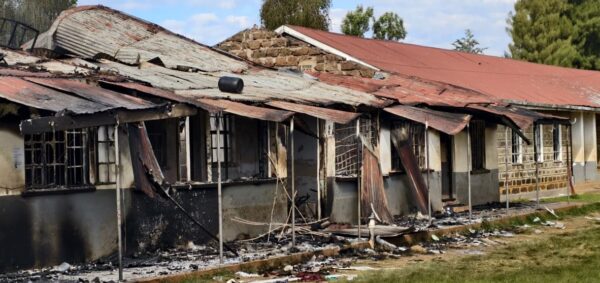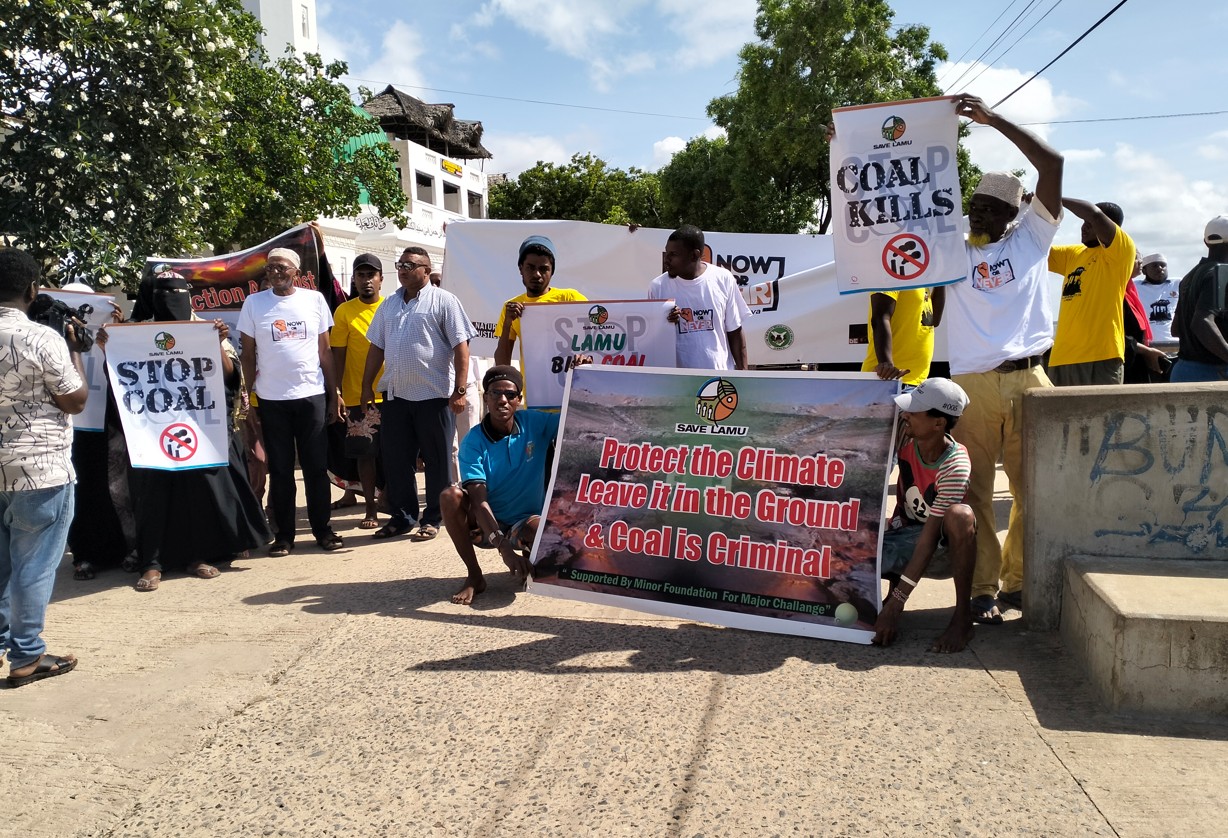Recreational cannabis use during adolescence raises risk of psychotic disorders - study
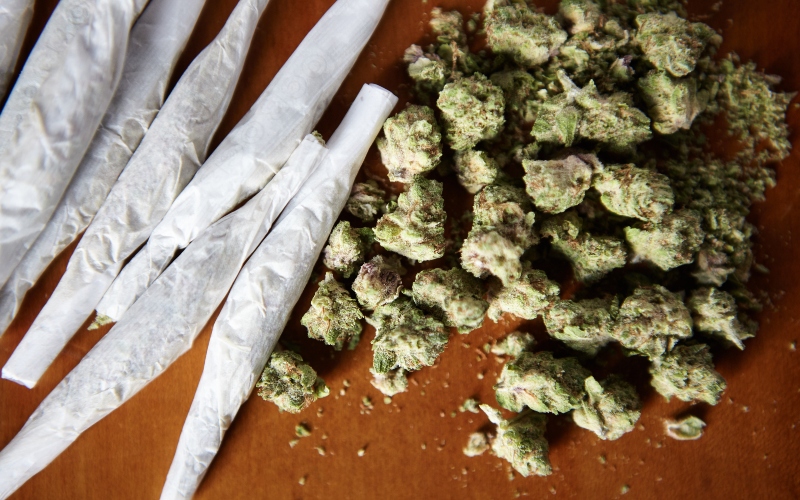
In Kenya, cannabis ranks among the most commonly abused substances by youth, according to the National Authority for the Campaign Against Alcohol and Drug Abuse (NACADA).
Recreational cannabis use during adolescence and early adulthood has been associated with more frequent psychotic-like experiences (PLEs) - unusual thoughts or perceptions that resemble symptoms of psychosis, such as hallucinations or delusions.
According to a recent study published in Psychological Medicine, individuals who used cannabis recreationally during adolescence and young adulthood reported higher rates of PLEs. Though these symptoms did not reach clinical severity, they shared similarities with psychosis-related experiences.
The study found that these effects were not explained by structural differences in the salience network - a key brain system responsible for filtering and prioritizing stimuli, which includes regions such as the anterior insula and anterior cingulate cortex.
More To Read
- Lamu-bound bus intercepted in Malindi as police seize cannabis haul
- Ministry of Health sounds alarm over rising youth addiction linked to tobacco, calls for tougher laws
- New study: Cannabis threatens fertility for women
- NACADA, clergy join forces to confront drug crisis at the Coast
- Two German tourists, Kenyan woman arrested for running cannabis farm in Diani
- Frequent cannabis busts reveal depth of Kenya’s ongoing war on drugs
While this network has been previously linked to psychosis, its connectivity did not mediate the observed relationship between cannabis use and PLEs. This suggests that environmental factors, rather than brain structure or shared genetics, may drive both cannabis use and the emergence of psychotic-like symptoms.
Cannabis triggers brain changes
To explore this further, researchers studied 217 adolescent twins (aged 14-24) from Turkey. After excluding daily cannabis users and incomplete responses, the sample included 62 occasional cannabis users and 155 non-users. The focus on occasional use allowed the study to isolate early effects without the confounding influence of heavier or chronic use.
Participants completed self-reported questionnaires on cannabis use and PLEs, such as feeling as though others could read their thoughts or hearing voices. They also underwent diffusion MRI scans to assess the structural connectivity of their salience networks. Using factor analysis, researchers grouped brain connectivity patterns into six broad categories.
The findings revealed that cannabis users had significantly more frequent PLEs, even after adjusting for age, sex, and intelligence. One of the six connectivity factors-linked to the anterior cingulate and insula was also independently associated with PLEs. These brain regions play a role in assigning importance to both internal and external stimuli, which is relevant to the development of psychotic symptoms.
However, while both cannabis use and this brain connectivity pattern were associated with psychotic-like symptoms, there was no evidence that changes in the salience network explained the link. The associations appeared to operate independently, suggesting that PLEs in young cannabis users may emerge from separate, individual environmental exposures rather than a shared biological pathway.
The twin design provided additional insights. It showed that individual-specific environmental factors, rather than shared genetics or upbringing, had a stronger influence on both cannabis use and PLEs.
Furthermore, the study found no significant shared genetic or environmental roots between cannabis use, salience network connectivity, and PLEs, indicating that these phenomena likely arise independently in each individual.
Early cannabis use and psychotic disorders
Another study titled Age-dependent association of cannabis use with risk of psychotic disorder, published in Psychological Medicine in May 2024, analyzed data from over 11,000 individuals in Ontario, Canada. It examined the relationship between cannabis use and the risk of developing a psychotic disorder, tracking participants from adolescence into young adulthood.
The findings showed that during adolescence (ages 12-19), cannabis use was associated with a significantly higher risk of developing a psychotic disorder. Adolescents who used cannabis had an adjusted hazard indicating more than an 11-fold increased risk compared to non-users.
For young adults (ages 20-24), the association was weaker suggesting that the risk diminishes with age. When focusing on severe cases requiring hospitalization or emergency care, the risk remained significantly higher in adolescents but not in young adults.
The higher risk during adolescence may be due to ongoing brain development that could be adversely affected by cannabis. These findings point to the need for targeted public health.
Another study titled Association Between Cannabis Potency and Mental Health in Adolescence, published in JAMA Psychiatry in 2024, investigated mental health outcomes related to the use of low- and high-potency cannabis among adolescents aged 13-14 years. The study included 6,672 participants and assessed how cannabis potency affected mental health symptoms.
Among participants, 2.6 percent reported using high-potency cannabis (greater than 10 percent these users were more likely to report symptoms of depression anxiety and auditory hallucinations compared to non-users.
In contrast, only 0.6 percent reported using low-potency cannabis and associations between low-potency cannabis use and mental health symptoms were weaker and not statistically significant after adjustment for confounders.
The study suggests that cannabis potency plays a significant role in the development of mental health issues during adolescence. High-potency cannabis use is associated with increased risk of depression, anxiety, and hallucinations even after controlling for other substance use. These findings support regulating cannabis potency as a strategy to reduce mental health risks among adolescents.
High prevalence
Over the past five years, the use of bhang among Kenyans has nearly doubled, with a 90 percent increase recorded during this period.
According to the latest data from NACADA, approximately one point nine percent of Kenyans aged 15 to 65 years - equivalent to 518,807 individuals - are current cannabis users.
Of these users, 91.7 percent are male, while 8.3 percent are female. The Nairobi region reports the highest prevalence of current cannabis use at 6.3 percent, followed by Nyanza at 2.4 r percent, and the Coast region at one point nine percent. Among youth aged 15 to 24 years, 2.7 percent are current cannabis users, while 2.1 percent of those aged 25 to 35 report current use.
In terms of addiction, 0.9 percent of Kenyans aged 15 to 65 years - or roughly one in every 111 people - are addicted to cannabis and exhibit severe substance use disorders. Within the 15 to 24 age group, one point three percent are addicted, while one point two percent of those aged 25 to 35 struggle with addiction, resulting in an overall addiction rate of 47.4 percent among cannabis users.
The survey sampled Kenyans aged 15 to 65 across 47 counties, highlighting not only the rising prevalence of cannabis use but also its serious impact on mental health. Specifically, drug and substance use has been linked to moderate to severe depression in 0.8 percent of Kenyans within this age range.
Top Stories Today



